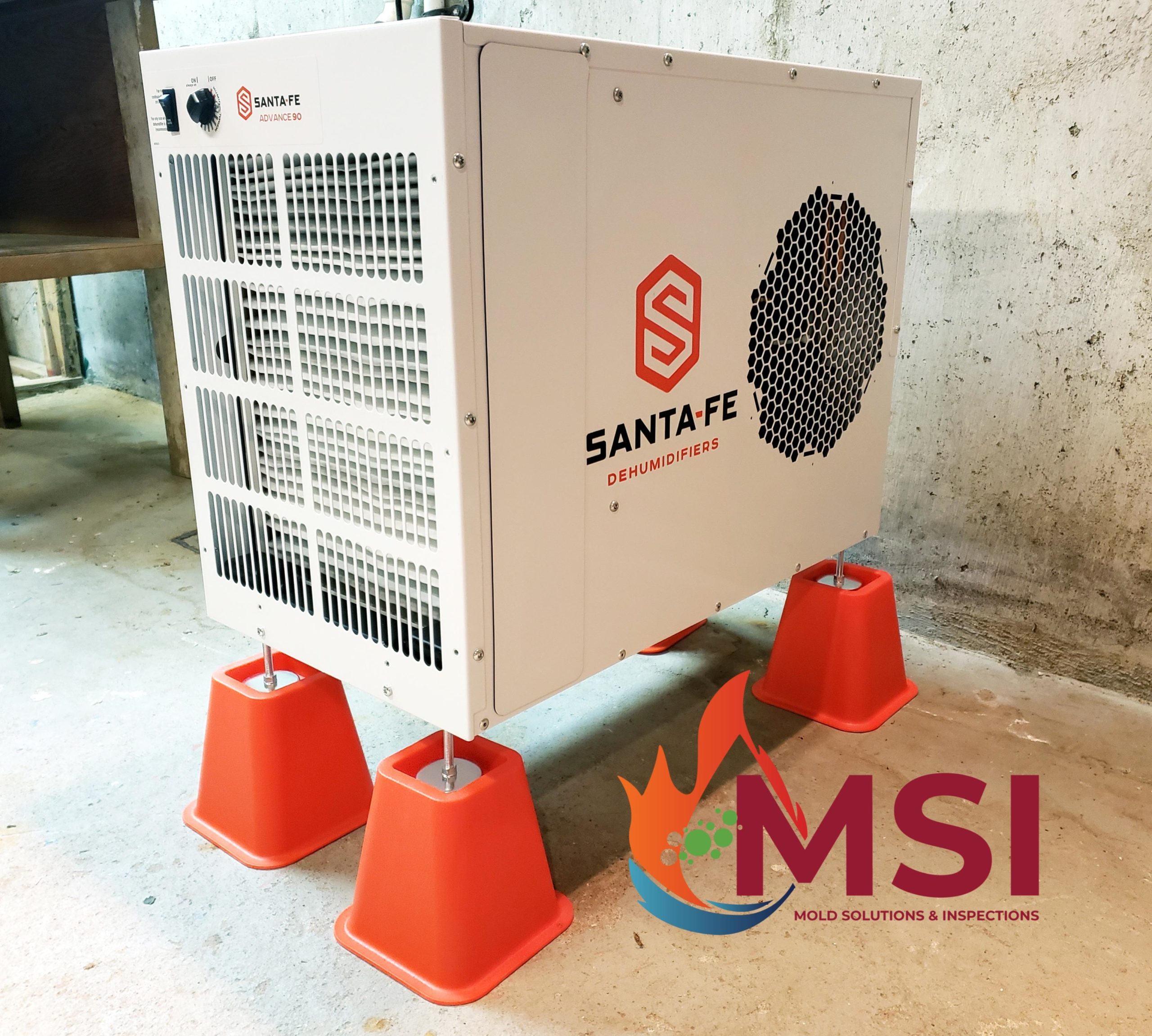X-Ray
A Chest X-Ray, sometimes referred to as CXR, is usually one of the first tests done on patients who have some trouble with their breathing. The Chest X-ray takes a picture or two of the chest, which would show any gross abnormalities in the lungs.
Sometimes, a Chest X-ray is not sensitive enough to find subtle or small abnormalities in the chest, so a CT (computed tomography scan, sometimes referred to as “CAT scan” or “CT scan”) is needed. A CT scan is a much more detailed and refined X-Ray but with higher exposure to radiation. If the CT scan is not done too often, the extent of radiation exposure from a CT scan is not dangerous.
Function Tests
Pulmonary function tests, also called PFTs, are a set of non-invasive tests that measure different aspects of a patient’s breathing. This is a very important test for patients who have trouble with their breathing. The information from this test may show different causes of someone’s trouble breathing, including for example asthma, COPD, emphysema, or “pulmonary fibrosis” / lung scarring. Pulmonary hypertension has a specific abnormal pattern on PFTs. PFTs include multiple different tests:
- Spirometry measures how fast a patient can breathe out. Patients with asthma or COPD for example can’t breathe out too fast because of limitations in their airways. Patients with pulmonary hypertension should not have a problem with their airways, so their spirometry test is usually normal or close to normal.
- Lung volumes measure the lung ability in total to breathe in and out, and may reflect how “restricted” a patient’s breathing is.
- Diffusion capacity (also called DLCO) reflects the extent of the damage to the blood vessels in the lungs. It may also reflect any scarring that is going on in the lungs. It is a measure of how well oxygen can get across the lung to the blood vessels.
Visit our website for more information at Biowashing.com








